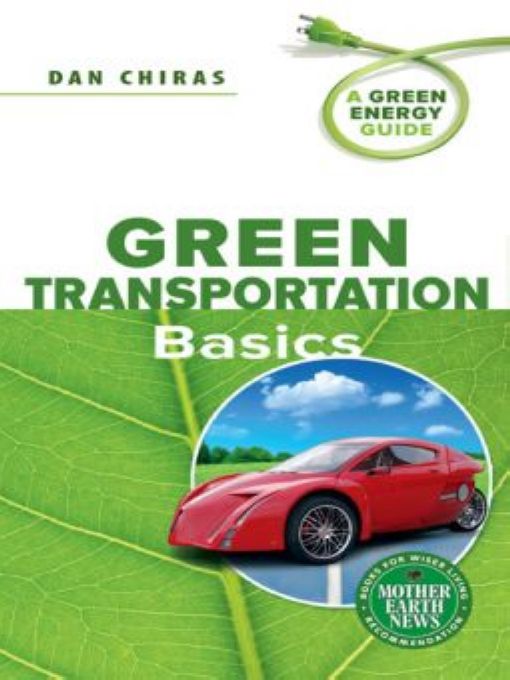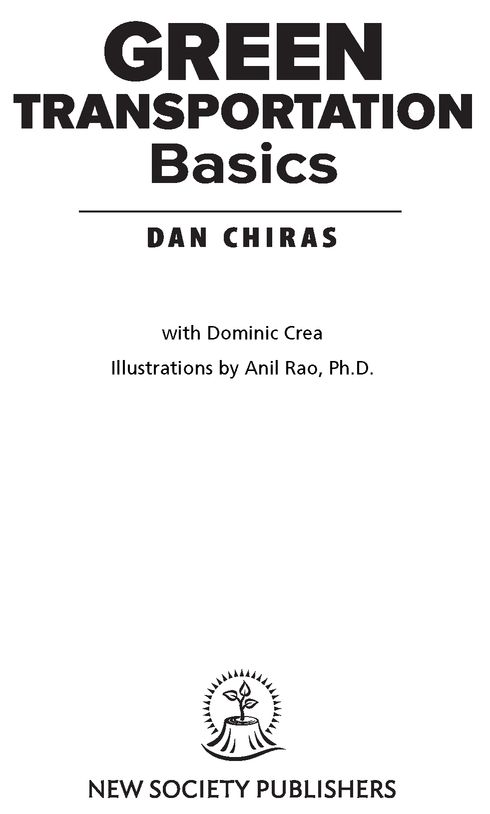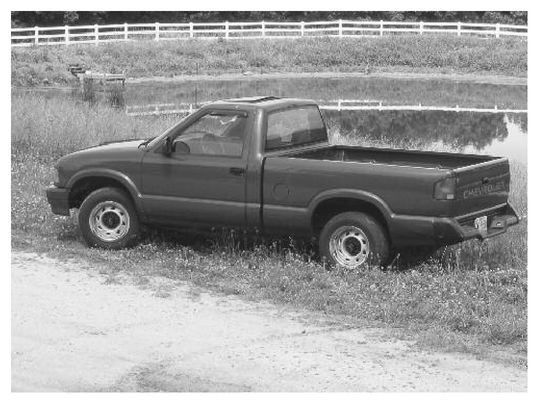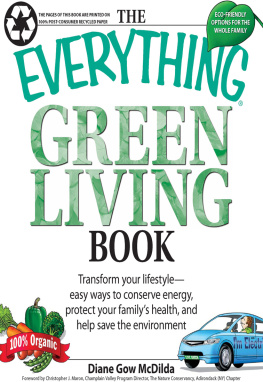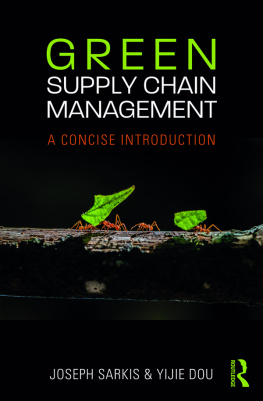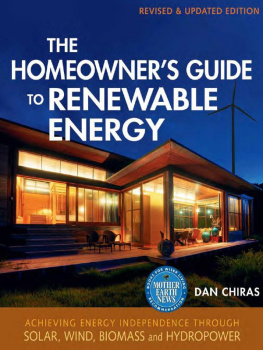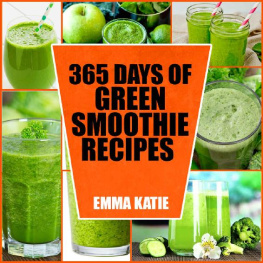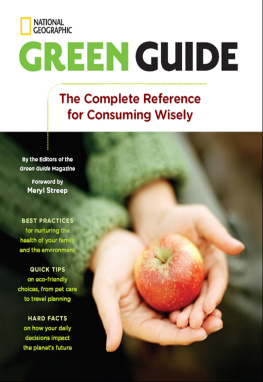Table of Contents
Praise for Dan Chiras Green Energy Guide series
Solar Electricity Basics is an indispensable primer for any homeowner or small business owner considering a photovoltaic system .
Ann Edminster, author,
Energy Free: Homes for a Small Planet
In Solar Electricity Basics, Chiras provides everything one needs to know about generating electricity from the sun. I highly recommend this book!
James Plagmann,
AIA + LEED-AP, Green Architect
Wind Power Basics is a wonderful source of basic wind info and a must-have for small-wind newbies! As a trainer of small-wind installers, I will recommend this book to all my students.
Roy Butler, NABCEP Certified PV Installer
With Wind Power Basics, Chiras shares what he knows in a very accessible way. Get this book onto your kitchen table and spend some pleasant time with it!
David Wann, coauthor, Affluenza and author, Simple Prosperity
Books for Wiser Living recommended by Mother Earth News
Today, more than ever before, our society is seeking ways to live more conscientiously. To help bring you the very best inspiration and information about greener, more sustainable lifestyles, Mother Earth News is recommending select New Society Publishers books to its readers. For more than 30 years, Mother Earth has been North Americas Original Guide to Living Wisely, creating books and magazines for people with a passion for self-reliance and a desire to live in harmony with nature. Across the countryside and in our cities, New Society Publishers and Mother Earth are leading the way to a wiser, more sustainable world.
CHAPTER 1
GREENING TRANSPORTATION
Unless youve been in a coma for the last decade, you very likely wont need convincing that the world needs to find a way to green its transportation system that is, to make it more environmentally sustainable. Much more sustainable. Global climate change, our heavy dependence on declining oil reserves, and high fuel prices should be enough to convince even the most stalwart opponents of all things green that we must do something and soon to create a leaner, greener mode of transportation.
I wont recite the catalogue of facts and figures here to make the case to you. Youre reading this book because you very likely already know them and feel the need to make changes. Chances are you are responding to a deep conviction that its time you did something or perhaps more to green your own transportation. This book will help enormously. It covers three basic areas: (1) ways you can drive less fuelishly, (2) green vehicles options like plug-in hybrids, and (3) green fuels such as biomethane, ethanol, and hydrogen.
While my emphasis since the early 1970s, when I became actively involved in energy efficiency and renewable energy, has been on residential energy efficiency and renewable energy, I have also studied green transportation extensively. Its been one of several side passions of mine since 1971. It all started when I was nearly 20. I had just gotten married. After the ceremony, my wife and I drove from western New York State where I grew up, back to college in eastern Kansas, where we were both finishing our senior year. My parents had given us a Chrysler 300 as a wedding present. It was a large, sprawling ocean liner of a car! As we drove west along Interstate 70, we watched in horror as the needle on the gas gauge plummeted. We could actually see the needle move as we were driving. A few days after we returned, we traded in the monster for a fuel-efficient Volkswagen Beetle.
My next vehicle, which I bought after graduating with a Ph.D. in reproductive physiology, was a relatively efficient Datsun pickup truck. Efficient as it was, I chose to commute by bus or bicycle to the University of Colorado in Denver for my first teaching job. Every car Ive driven since then has been fuel-miserly. Today, I drive a fuel-pinching Toyota Prius and, more recently, an electric Chevy S-10 pickup truck. My brother-in-law and I converted the former gas-engine truck to electricity at The Evergreen Institutes Center for Renewable Energy and Green Building, my educational center in east-central Missouri ().
In addition to pursuing ways to green my own transportation, Ive attended workshops and numerous lectures on green cars and green fuels over the years and read every article that crossed my desk as well. This book is the culmination of much of my informal research my green car hobby. Its focus is on personal transportation, not transportation systems, so it doesnt include much information on trains and buses or other very green options. Although I briefly discuss mass transit and car-sharing programs, I focus primarily on what you can do to green up your act.
: My latest, most sustainable transportation: a former gas-engine truck that my brother-in-law and I converted to electricity. This vehicle is used for short trips to town and around the farm and The Evergreen Institute.
Before I start, though, I will discuss some criteria to consider when attempting to green personal transportation. These rules of the road, so to speak, will help you discern what makes a truly sustainable fuel or vehicle. With these guidelines, you can proceed quickly, not wasting time and energy on ideas that really have no long-term future.
Guidelines for Sustainable Fuel Transportation
When it comes to green transportation, youll find that theres a plethora of options. When youre choosing among them, it is important to make selections that are socially, economically, and environmentally sustainable. Green fuels and vehicles, that is, must make sense from all three perspectives to be truly sustainable. Thats the first rule. If an option doesnt make sense from these perspectives, it is not worth our time or effort. Period.
With that principle in mind, we will begin with criteria by which we can judge green fuels, such as hydrogen and ethanol.
First, when considering green fuels, the most sustainable are those that have a positive net energy yield. Net energy refers to the energy we obtain from an energy resource after subtracting the energy it takes to make it that is, to extract, refine, and process a fuel. The higher the yield, the better. The most sustainable fuels are therefore those with the greatest net energy yield.
Second, a sustainable fuel must be clean in every possible way. That is, it must be produced in ways that do no harm to people or the environment for example, to be sustainable, biofuels must come from crops that are sustainably grown and harvested. When burned or consumed, a truly green fuel should produce little, if any, harmful pollution. The cleaner and more environmentally benign, the better. We cant build a sustainable future by turning to fuels whose production and consumption poison people and other living creatures that grace our world or to fuels whose production and use threaten our atmosphere, waters, climate, and ecosystems, which are the life support system of the planet.
Third, for a fuel to be sustainable it must be abundant and renewable. We cant build a long-term transportation system on short-term fuels. Thats the bind were in now. Gasoline-and diesel-fueled vehicles rely on a resource (oil) thats quickly going the way of the dinosaurs, and is, in the process, causing severe economic turmoil. For economic stability, we need fuel we can count on forever. Building any transportation system based on fuel thats going to give out in the near future is a waste of very precious energy, resources, and time.

